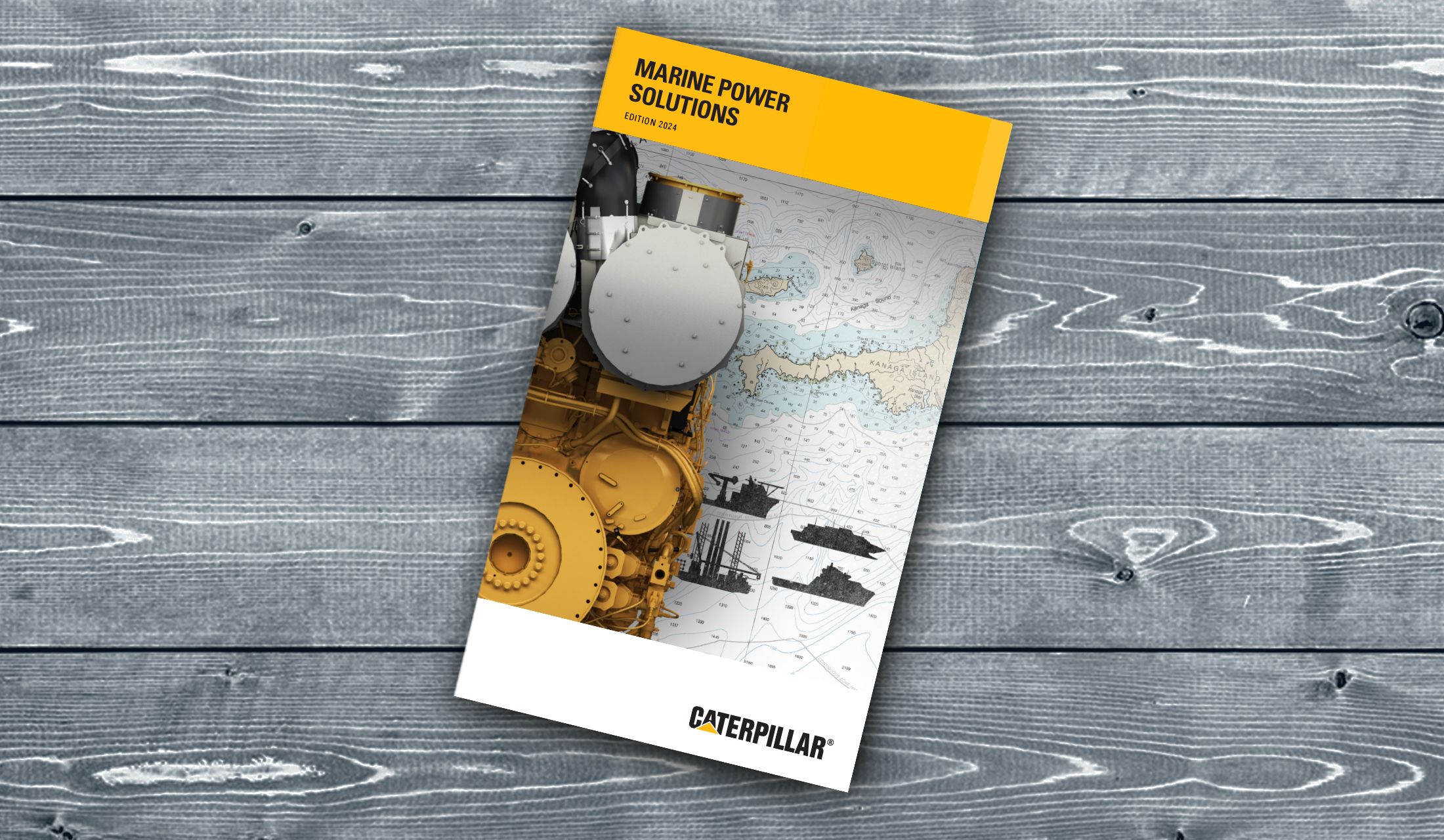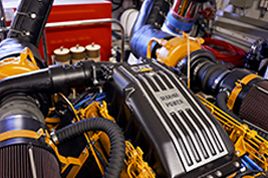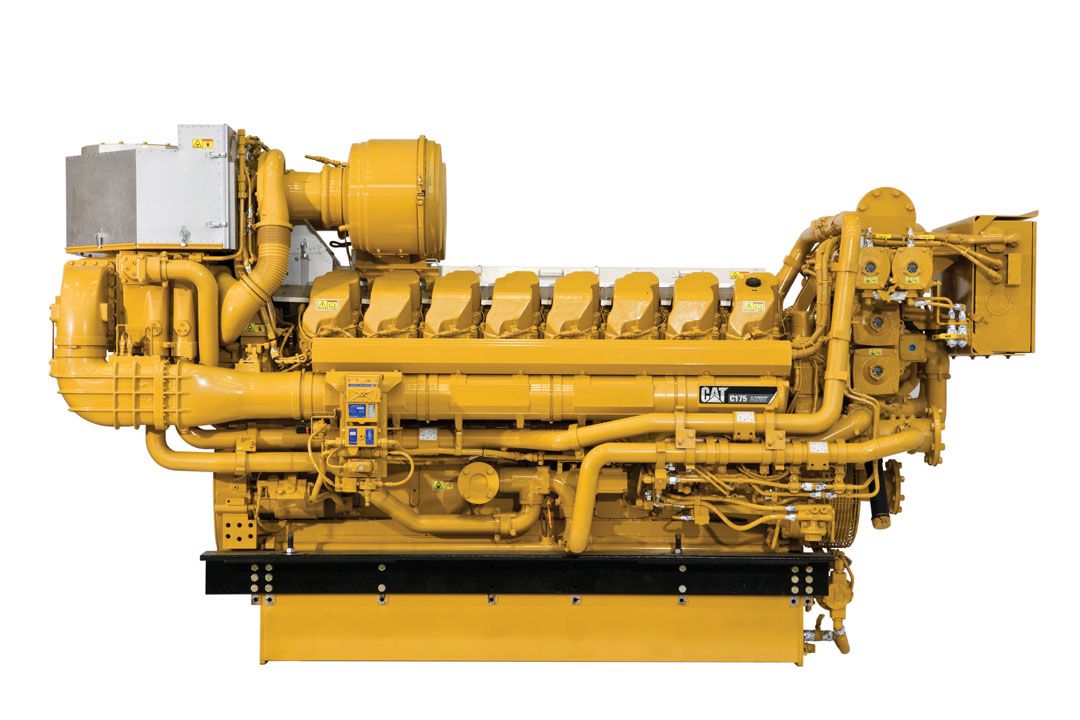If you already have an existing account with another Cat App, you can use the same account to sign in here.
One Account. All of Cat.
Your Caterpillar account is the single account you use to log in to select services and applications we offer. Shop for parts and machines online, manage your fleet, go mobile, and more.
Account Information
Site Settings
Security
Protect Your Boat From The Winter Season With These Tips
As the winter season approaches it's important to protect your boat from against nature's lowest temperatures. Follow the tips below to help you winterize your boat so it's ready for operation when you plan your next day at sea!
Posted December, 2022
If your engine will be stored less than six months, protect your investment by following these short-term storage procedures:
Change the oil
Drain the oil out of the sump, replace it with the appropriate diesel engine oil and change the filters. Start your engine and operate it long enough to pump fresh oil throughout the engine, approximately five to ten minutes. Using the right type of oil and changing the oil and filter at the proper intervals helps prevent sticking piston rings, piston seizure, accelerated wear of the in-cylinder components and bearings. Refer to the owner’s manual for the correct procedure, viscosity and amount.
Drain water and sediment from your fuel filter/water separator – and from the fuel tanks, if possible. Replace the filter.
Consider using a biocide in the main fuel tanks to prevent the growth of bacteria. Follow the biocide manufacturer’s instructions carefully. Too much biocide can harm the fuel system.
Drain water and sediment from the bottom of the fuel injection pump housing, if applicable.
Remove and replace the secondary fuel filter on the engine.
Replace it with a manufacturer-recommended fuel filter.
Top off the fuel tanks with clean, fresh diesel fuel.
Use the priming pump to completely fill the primary fuel filter/water separator, secondary fuel filter and fuel injection pump housing with clean, treated diesel fuel.
Check the freeze protection of the coolant mixture.
Make sure the freezing point of the coolant is lower than the expected low temperature your engine will experience during storage. Verify that the coolant conditioner percentage is between 3 and 6 percent. Drain and flush the cooling system every two years when using a low silicate antifreeze. If you use Cat Extended Life Coolant (ELC) and a mid-life extender, drain and flush the system every six years. Change the water temperature thermostat when flushing the system or if the engine has been operating below 180°F.
Drain the engine’s sea water system.
Remove and inspect the zinc rods in the cooling system and replace them, if necessary. Flush the sea water system with clean, fresh water and allow the water to drain from all compartments. If your boat uses a water lift muffler, flush the sea water system only when the engine is running, otherwise, water could enter the engine and cause severe damage.
Inspect the sea water pump impeller.
Replace the pump cover gasket and impeller if it shows signs of damage or excessive wear. At this time, also inspect the sea water pump drive belt for damage or wear. Replace the belt if necessary.
Inspect and replace all rubber hoses as necessary.
Replace all rubber hoses every two years. This can be performed during the cooling system flushing procedure (i.e. hoses from through-hull fitting to sea strainer, sea strainer to sea water pump inlet, marine gear outlet to the wet exhaust discharge fitting and any other cooling system hoses).
Lubricate all fittings on the engine.
Refer to your owner’s manual for the proper procedures.
Drain the oil from the marine gear and clean the filter/screen according to the manufacturer’s recommendation.
Check the gear oil level with the engine running. Fill with the appropriate oil. Do not overfill the gear, but make sure there is sufficient oil for starting.
Remove batteries from the boat during the storage period.
Fill the batteries with distilled water and fully charge them. Clean the battery and cable connections, and apply a light coating of multipurpose grease to prevent battery connections from corroding. Store the batteries in a cool, dry location during the storage period.
Remove the air cleaner filter element.
Clean or replace the filter element as necessary. The crankcase breathers should also be cleaned at this time. If your boat is equipped with a closed-crankcase system, check all hoses and fittings and service per the manufacturer’s recommendations.
Use an appropriate cleaning solvent to remove all oil and dirt from the engine.
Be careful not to allow the solvent or water to enter the intake system through the air cleaner. Allow the engine to dry and touch-up your engine and marine gear with paint as necessary.
For engine specific information, please refer to your Operation and Maintenance Manual (OMM) published on SIS.
Related Content
-
The Cat® Blog
The Cat Blog is dedicated to sharing expert advice and industry knowledge to help our customers do the work better. Read our customer stories, tips and resources.
Read Our Blog -
Marine
Learn how Caterpillar can be your partner on the water with our marine diesel engines & marine generators to keep your vessels running efficiently & profitably.
Learn More -
Marine Power Systems
Engine uptime is critical for you, your crew, your clients and your bottom line. That's why Cat propulsion engines power your vessel to any port. The industry's largest range of engines provide the reliability you need. Caterpillar Marine ensure that you have an engine on board that will work as hard as you do. Select from our wide range of Commercial Propulsion Engines, High Performance Propulsion Engines, Marine Generators, and Auxiliary Engines.
Learn More





